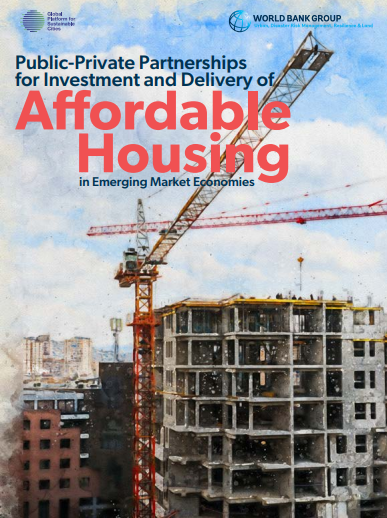Public-Private Partnerships for Investment and Delivery of Affordable Housing in Emerging Market Economies
November 22, 2020
The role of the public sector in housing delivery in many developed economies evolved from government as builder in the post-War era in the 1950s when the government directly constructed and delivered housing to meet the daunting demand for housing, to government as enabler and regulator in the 1980s and 90s when governments retreated from direct provision but started to focus on facilitating the private sector to deliver housing effectively, and to assist the poorest segment of the population. The point of departure is the belief that housing is essentially a private good that is best provided by the market. Today, the government’s role is therefore focused on Should read: (i) establishing the enabling environment for the private sector (including private individuals) to deliver housing; (ii) addressing the market failures; and (iii) avoiding and/or correcting government policy failures.
However, challenges persist for low-income households to find affordable accommodation in locations that work for them. Such shortages of affordable housing are most pronounced in developing countries, which in recent decades have seen rapid urbanization and the proliferation of informal settlements, which are increasingly challenging for the public sector to address. As the private sector and public sector fail to provide adequate and affordable housing for the lower-end of the market segment at the pace and scale that is needed, governments have since the later 2000’s repositioned themselves as partners, and increasingly as entrepreneurs, to catalyze – and reduce the risk for – the private sector’s entry into the affordable housing markets.


